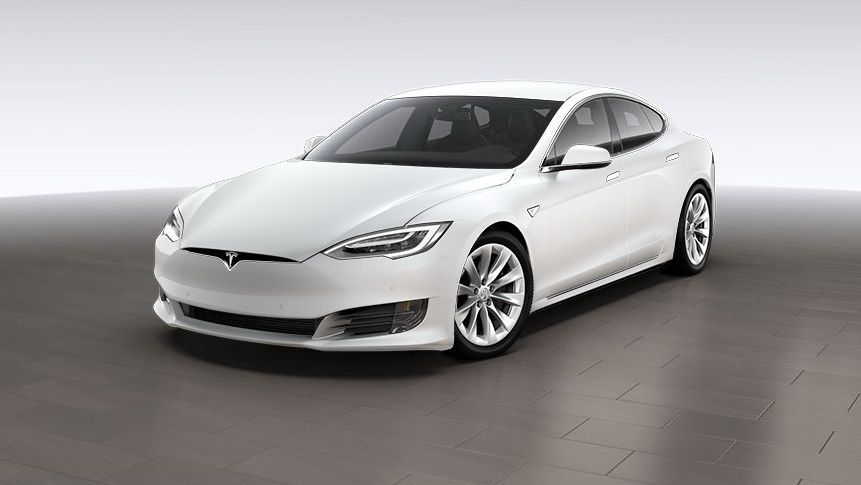In case there was ever any doubt about Tesla’s commitment to being the preeminent electric car maker in the world, a new update for the 100D variants of the Model S and Model X that have 100 kWh battery packs is proof that the California-based automaker is serious about holding on to that title. The new update is significant for a number of different reasons, none more so than the increase in range from the Model S 90D’s 294-mile battery range to 335 miles with the non-performance version of the 100 kWh battery pack. Just as important, the Model X 100D also received a hefty increase in range amounting to 30 miles over the outgoing 90D variant, bringing that total to a sniff of 300 miles.
The updates come as part of Tesla’s continued push towards becoming one of the biggest electric car makers in the world. It still has a lot of miles to cover to get to that point. Tesla even fell short of hitting its sales targets for the year, selling 2,750 fewer cars than it initially expected. But, these new updates should help more people get on board Tesla as it continues its long drive towards electric car supremacy.
With the updates in tow, prospective Tesla customers are now left with an interesting to choice to make, especially when it comes to picking between the 100D and P100D variants of both the Model S and Model X. Outside of the disparity in range, the non-performance versions of the 100D are also significantly cheaper than their P100D counterparts. For instance, a Model S 100D is now priced at $95,800 while the P100D variant of the electric sedan starts at $137,800. Do the math and that equates to a significant difference of $42,000, enough money to actually buy another car. The same gap in price tags can be seen with the updated Model X as the 100D variant now starts at $98,500 whereas the P100 D’s price sits pretty at $135,500.
It’s unclear if the large disparity in prices will turn off prospective buyers from getting the P100D variants of both Model S and Model X. But the numbers do point favourably to the 100D variants, not only because they’re a lot cheaper than their performance counterparts, but also because the improved battery range also benefits both 100D variants of the Model S and Model X. The increase in range is actually significant when you consider that with the old price tag of the P90D, customers would only have to pay a little more than $3,000 to get those extra 40 miles in battery range.
Continue after the jump to read the full story.
Expect more improvements in battery life once the Gigafactory gets up to speed
As impressive as this increased battery range is, Tesla might only be on the precipice of even bigger improvements down the road. That’s not as implausible as it once was now that the automaker’s new Gigafactory has begun mass production of its new “2170” lithium-ion battery cells. Not only do these cells have a different form factor than the existing 18650 cells that are being used by the Model S and Model X, but these new battery cells are also reportedly capable of providing larger energy density, thus opening themselves up to longer ranges on a single charge.
At some point, those new 2170 lithium-ion battery cells will replace the current 18650 cells on these cars and when that happens, there’s no telling how far Tesla cars can go on a single charge. Remember, there once was a time when going 300 miles on a single charge was deemed next to impossible. Now that Tesla and a host of other automakers have breached that number, the next challenge is to reach 400 miles on a single charge.
Since we still know very little about the capabilities of these 2170 lithium-ion batteries and whatever other items Tesla and Panasonic are developing in that new factory, we could be looking at major battery developments in the coming years that could once again reshape the electric car segment moving forward.
Personally, I don’t know what to expect just yet, but I am looking forward to see what the possibilities are once the new Gigafactory is up and running to its full capacity.
Read our full review on the 2016 Tesla Model X here.
Read our full review on the 2017 Tesla Model S here.

